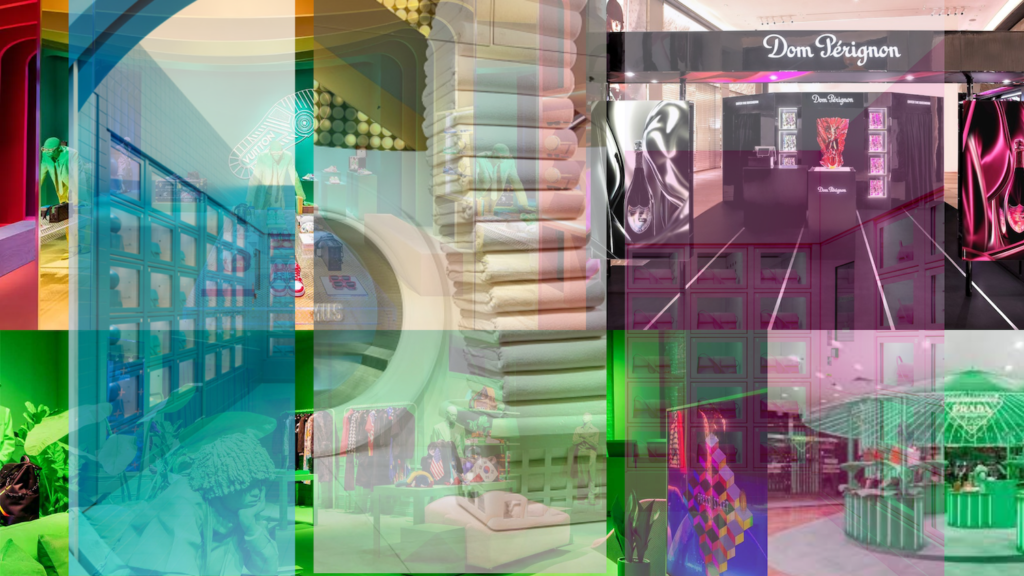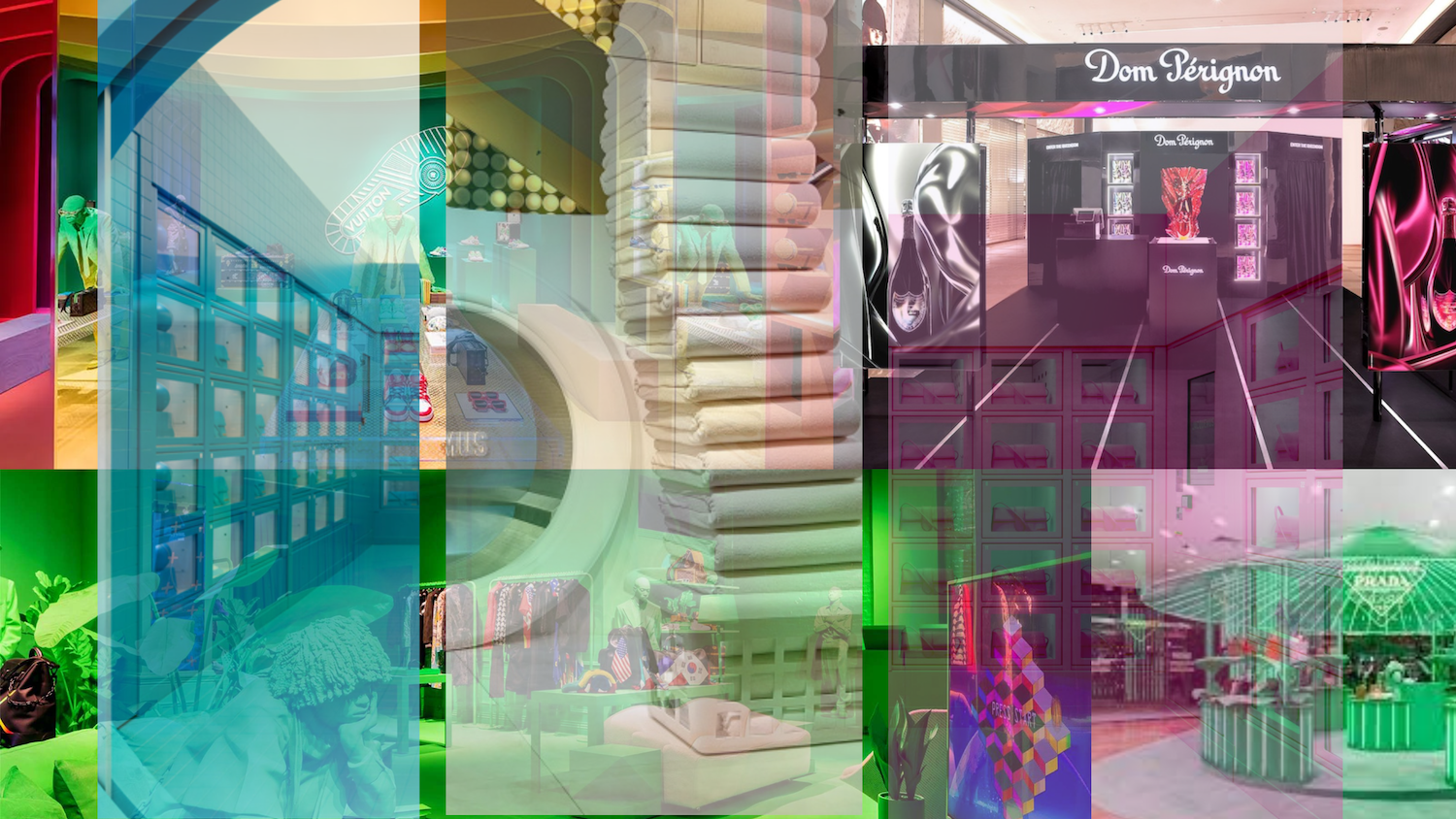
Defining the brand story.
Defining a brand story involves understanding the core elements that make your brand unique and compelling. A brand story is an ongoing narrative that evolves with your business and resonates with your audience. The more compelling and authentic the story is, the more it will connect with customers on a deeper level. To do so, brands are to identify their purpose, values and tone of voice to craft their narrative.
The brand’s purpose, its raison d’être, states what a brand “is” and why it exists. On one hand, the brand’s purpose is to have a clear ethos guiding it in decision-making. On the other hand, it helps in gaining a deep understanding of the brand’s target audience’s needs, desires, and aspirations. This is to tailor a brand story that resonates with them. At this point, a brand uncovers its guiding values. These values reflect what the brand stands for and the principles that shape decision-making.
A brand’s story determines elements that set the brand apart from its competition and the unique qualities it has to offer. Most importantly, it looks at all links that create a bond, grow and nurture a relationship. There should be a cohesive and compelling narrative arc for any brand story. This involves creating a structure that takes the audience on a journey. Storytelling elements should be respected: key characters, brand uniqueness, qualities and benefits, and the brand’s vision of the future.
Whilst brands strive to perfect their story, they must incorporate emotional appeal. Emotions play a significant role in connecting with an audience. Determining the emotional response, such as joy, inspiration, empathy, or trust, helps to create a memorable and impactful experience. Should the story be effectively transmitted, it should be authentic. Authenticity builds trust and credibility and reflects the brand’s genuine values. Should brands hope to be “authentic”, they should be capable of delivering consistency across all touchpoints.
Pop-up stores are one of the touchpoints brands adopt to tell their stories. With the customers’ increased demand for novelty and uniqueness, brands could be inclined to present concepts that meet their needs. However, how do brands create narratives through pop-up stores without weakening the brand’s identity?

Crafting brand narratives through pop-up stores.
Popup stores provide a temporary physical presence for a brand, allowing them to showcase their products or services unconventionally and excitingly. Crafting brand narratives through popup stores can be an effective strategy to engage customers, create buzz, and build a unique brand experience. The question, however, is to what extent the narrative could stay as unique as the brand wants to. Also, what should brands be doing to ensure a consistent narrative across their touchpoints?
A key to crafting brand narratives through pop-up stores is to create a memorable and immersive experience that resonates with the brand’s target audience. By integrating storytelling, interactivity, exclusivity, and technology, brands can create a powerful brand narrative that leaves a lasting impression on customers. The brand narrative serves as the foundation for creating an immersive pop-up store experience. Respecting the brand’s narrative will help in maintaining consistency across any (and all) brand manifestations.
Brands could think about seven main points that help in crafting pop-up stores’ brand narratives:
- Aligning the brand with a store design: Ensuring that the popup store design aligns with the brand’s aesthetics and personality. The use of colours, materials, and visual elements that reflect the brand identity is to be considered. The store layout should also facilitate storytelling and create an atmosphere that resonates with your target audience.
- Creating interactive experiences: Engaging customers through interactive experiences that allow them to connect emotionally with the brand is essential. This could include hands-on product demonstrations, workshops, personalized consultations, or live demonstrations. Moreover, brands could encourage customers and visitors to actively participate and share their experiences through social media.
- Leveraging technology: Integrating technology to enhance the brand narrative could be achieved with augmented reality (AR) or virtual reality (VR) integration. This should provide immersive experiences related to the brand’s products or brand story. Interactive digital displays, touchscreen interfaces, or QR codes can also offer additional information or exclusive content.
- Putting forward an exclusive offer: Popup stores are an excellent opportunity to launch limited edition products or offer exclusive items. This scarcity creates a sense of urgency and exclusivity, driving customer engagement and brand loyalty. Brands can also consider collaborations or partnerships with other brands to create unique offerings.
- Implementing storytelling elements: Incorporating storytelling elements throughout the popup could be done with visual displays, graphics, videos, or even live performances to narrate the brand’s story and values. More than ever, brands should consider displaying testimonials or real-life examples that highlight they have positively impacted customers’ lives.
- Engaging with social media and influencers: Social media platforms play an important role in pop-up stores’ success. Leveraging social media platforms and influencers help amplify the reach and impact of a pop-up store. This encourages visitors to share their experiences online using a branded hashtag. Collaborating with relevant influencers who align with the brand’s values helps in creating content and generating buzz.
- Collecting customer feedback and data: Using the pop-up store is an opportunity to collect valuable customer feedback and data. Engaging in conversations with visitors, asking for their opinions, and encouraging them to leave reviews or testimonials helps understand customers’ perceptions of the brand and their expectations. This information helps understand the target audience better and refines your brand narrative.
With the adoption of pop-up stores, some differences might be important to highlight in the cases of high-end and low-end brands. In addition, brands should be ensuring that they consistently maintain a unique identity across all touchpoints.
How can luxury brands respect their identity whilst developing a variety of popup stores?
Respecting the identity of luxury brands while developing a variety of popup stores requires careful consideration and attention to detail. The pop-up store experience reflects the brand’s storytelling and narrative. It integrates elements that convey the brand’s heritage, craftsmanship, or unique story. Consistency in storytelling helps maintain the brand’s identity across different luxury pop-up locations. Several luxury brands have successfully used popup stores to narrate their stories and create immersive brand experiences. While the availability of popup stores may vary over time, here are a few notable examples of luxury brands that have utilized popup stores effectively for storytelling:
- Louis Vuitton: Louis Vuitton is known for creating popular boutiques that reflect its heritage and savoir-faire. They have organized pop-up experiences in different locations, showcasing their iconic luggage and accessories while providing insight into the brand’s history and know-how.
- Chanel: Chanel has used pop-up shops to bring its one-of-a-kind brand story to life. Their pop-up experiences often capture the essence of the brand, showcasing iconic Chanel products, highlighting craftsmanship, and immersing visitors in the world of Coco Chanel.
- Gucci: Gucci has developed pop-up shops that emphasize their eclectic and dynamic aesthetic. They have used pop-up spaces to showcase their fashion collections, collaborate with artists and create immersive environments that reflect their history of bold design, personal expression, and contemporary luxury.
- Hermès: Hermès has utilized pop-up stores to create unique and engaging brand experiences. Their popup installations have often centred around a specific theme or product range, allowing visitors to explore the brand’s heritage, craftsmanship, and attention to detail.
- Dior: Dior has employed pop-up stores to tell his story of elegance, femininity, and French luxury. Their pop-up experiences range from presenting fashion collections to immersive installations that give life to the brand’s iconic designs and the vision of its founder, Christian Dior.
More recently, Jacquemus has been known for its unique and creative approach to popup stores. The brand has successfully utilized pop-up stores to narrate its brand story and create immersive experiences. First, it highlighted “provence-inspired installations”. Jacquemus often draws inspiration from the founder’s upbringing in the picturesque region of Provence, France. The brand has created popup stores with installations that reflect the rustic charm and natural beauty of the region. From fields of lavender to vibrant fruit stands, these installations transport visitors into the world that inspired the brand’s aesthetics and designs.
The brand often collaborates with artists and designers. Jacquemus has collaborated with various artists and designers to create popup store experiences that blend fashion with art. These collaborations result in visually captivating installations that convey the brand’s unique perspective and artistic sensibilities. By fusing fashion and art, Jacquemus creates a multidimensional narrative that resonates with its audience. Moreover, Jacquemus is known for its playful and whimsical approach to fashion, and this is reflected in its popup store experiences. The brand has created interactive and imaginative environments, such as oversized installations, colourful props, and unconventional displays. These elements invite visitors to engage with the brand’s world, creating a sense of joy and wonder.
Most importantly, the brand understood the value of social media and thus invested in Instagrammable moments. It has designed popup stores with Instagram-worthy moments in mind. The brand creates visually striking backdrops, unique photo opportunities, and aesthetically pleasing displays that encourage visitors to capture and share their experiences on social media. This not only generates buzz but also allows the brand’s narrative to reach a wider audience. Jacquemus often releases exclusive or limited-edition collections through its pop-up stores. These special collections create a sense of urgency and exclusivity, further enhancing the brand’s narrative of luxury and desirability. By offering unique products in popup settings, Jacquemus reinforces its brand story of innovation and fashion-forwardness.
Through its popup stores, Jacquemus combines elements of its Provençal heritage, artistic collaborations, playful environments, and limited-edition releases to craft a brand narrative that is immersive, visually captivating, and aligned with its unique brand identity. These are just a few examples, and many other luxury brands have embraced pop-up stores as a platform for storytelling and brand immersion.
In conclusion, what should luxury brands be looking for when deploying their pop-up strategy?
The brand should aim for achieving consistency in brand aesthetics. As such, pop-up stores should align with the overall aesthetic and visual identity of the luxury brand. Constancy in these aspects makes it possible to maintain brand recognition and its association with luxury. Pop-up stores should present a carefully curated selection of products which represent the luxury positioning of the brand. To achieve this, brands must emphasize the exclusiveness, know-how and quality of the products on display. Furthermore, pop-up stores should avoid diluting the brand’s image by including elements incompatible with its luxurious identity.
Luxury brands have a reputation for excellent customer service. The maintenance of a level of service in luxury pop-up stores is also expected to follow. As a result, associates and advisors should be trained to provide personalized attention, product awareness and a high-quality shopping experience. Here too, a high level of service reinforces the luxury positioning of the brand. This relationship effort takes the form of exclusive and VIP events. Pop-up stores should host exclusive events or provide some clients with VIP access. This can include private shopping experiences, product launches and invitational gatherings only. By offering these exclusive opportunities, luxury brands can strengthen their identity and enable customers to feel valued and special.
The location of a pop-up store corresponds to the brand’s luxurious positioning. Brands typically choose prestigious spaces or locations that appeal to the brand’s target audience. The location itself can contribute to the perceived exclusivity and reinforce the brand’s identity. When designing pop-up stores, brands pay attention to the choice of materials, finishes, and details. Luxury brands could choose luxury materials, such as marble, fine wood, high-quality fabrics and high-end finishes. There are other scenarios in which brands decide to adopt recycled materials. Should this be the case, it is important that brands pay attention to the finishings and all details respecting their positioning. These elements contribute to the global atmosphere of the luxury boutique and strengthen the brand’s identity.
To benefit from the pop-up store format, luxury brands offer limited and exclusive products. This may improve the brand’s sense of luxury and exclusivity. Consequently, brands should highlight the rarity and uniqueness of these articles to create a sense of desirability among customers. Brands need to think about collaborating with other luxury brands or designers who share similar values and positioning. Partnering with compatible brands allows us to preserve luxury identity while offering a fresh and unique experience to customers. And in conclusion, luxury brands should create store experiences that are unique, immersive, and aligned with the luxury brand’s identity. They can develop pop-up stores that respect their identity while creating unique and engaging experiences. Preserving the essence of luxury is critical in all aspects of the pop-up store, from design to product selection and customer service.






